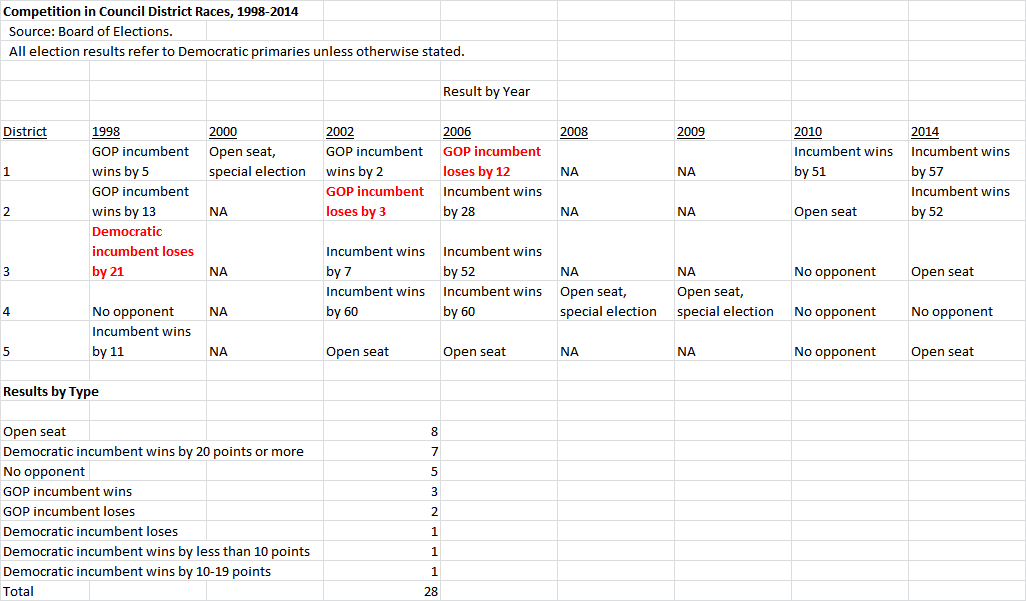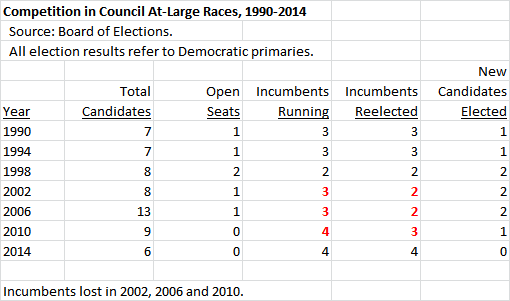
Today, 7S continues yesterday’s discussion of critical issues surrounding the proposed increase in the County’s minimum wage to $15 per hour.
Impact on Employment
Minimum wage opponents have long argued against raising the minimum wage on the grounds that it will spur businesses to hire fewer people. The intent of the policy is to help people who are struggling get out of poverty – not unemploy them – so this is a critical question.
Proponents argue correctly that past studies have shown that moderate wage increases have not had a measurably negative impact on employment relative to neighboring jurisdictions. They can also make a case that the stagnation in the minimum wage has left it lower in real terms than in earlier eras.
Moreover, a minimum wage increase can aid the economy by giving money to people who will undoubtedly spend it because of basic needs and pent up demand, and stimulate the economy.
Of course, the impact of Montgomery’s increase on our own economy depends on whether they spend it here or in neighboring jurisdictions. Do beneficiaries live here? Do they spend their money here?
The Size of the Wage
Councilmember George Leventhal, who opposed the previous wage increase, supports this one because he didn’t think the previous one caused any problem, so the County should press forward with this one. That logic remains wholly unconvincing because one could similarly argue why stop at $15. Why not $17 or $20?
The size of the minimum wage is obviously crucial. Even if the current $11.50 hasn’t caused any problems, which some might debate based on employment figures, it doesn’t mean that a $15.00 wage – a 23% hike – will not, especially if inflation remains low over the phase-in period.
Don’t forget that various social charges tied to total wages will also rise, as will the potential wage differential with neighboring jurisdictions. The proposed $15 minimum will be twice as high as the minimum wage in Virginia.
Councilmember Elrich frames his argument in favor of the wage on what is needed to get people a living wage. A living wage, unfortunately, may be divorced from the wage that has a negative impact on the economy and employment.
The graph at the top shows the difficulty of the assessment problem. If the minimum wage had continued to increase as it did in the 1950s and 1960s, it would be much higher today. But it has tended to fall or stagnate since around 1968, which makes the argument for the increase but also suggests that the higher rate would be outside our historical experience.
Broad Economic Changes
The tight labor markets of the 1990s resulted in wage increases and substantial reductions in poverty. In contrast, the magnitude of the financial crisis left tremendous slack in the labor market and current low unemployment rates don’t reflect that there is much room for discouraged workers to enter the labor force.
At the same time, wages have stagnated during post-2000 economic recoveries, making it unclear that tighter labor markets will increase wages. The Republican focus during the 2000s on directing ever more money in tax cuts to the wealthy while cutting services only accentuated this trend – an experiment the Republicans seem intent on repeating.
As has often occurred in the past, technological innovations are destroying jobs and creating others. Right now, technology is rapidly replacing many low-end jobs, which creates downward pressure on wages despite lower unemployment. Scanners allow people to check out themselves at the supermarket. McDonald’s is now experimenting with a touchscreen order system. The Internet puts enormous pressure on in-store retail sales.
Minimum wage increases may encourage firms to move more aggressively to adopt new technologies, resulting in fewer workers. This is not necessarily bad for the economy, as it could position Montgomery to be at the cutting edge of efficiency. Higher wages may spur Montgomery businesses to become leaner and meaner faster than the competition while ensuring that employees get better compensation.
Economic Strategy
Finally, the County needs to consider how this issue fits into its broader economic approach. We have experienced low growth and stagnant employment. What can the County do to reverse these trends? How does a minimum wage increase fit into that strategy?



